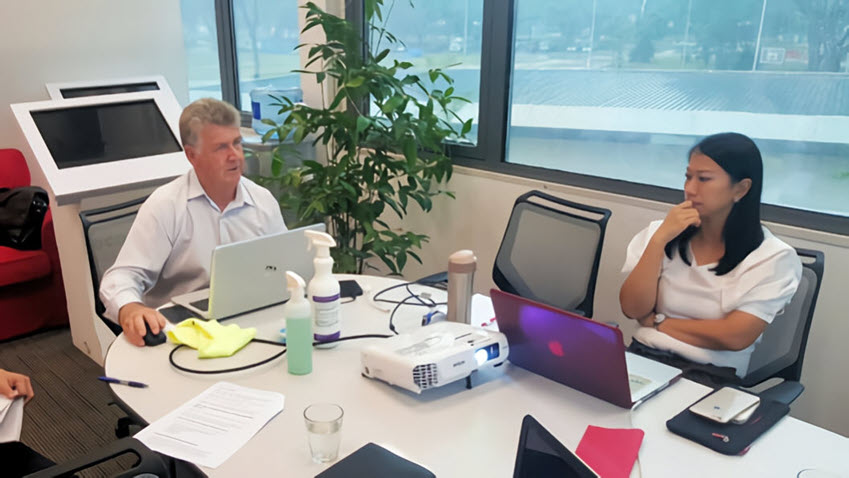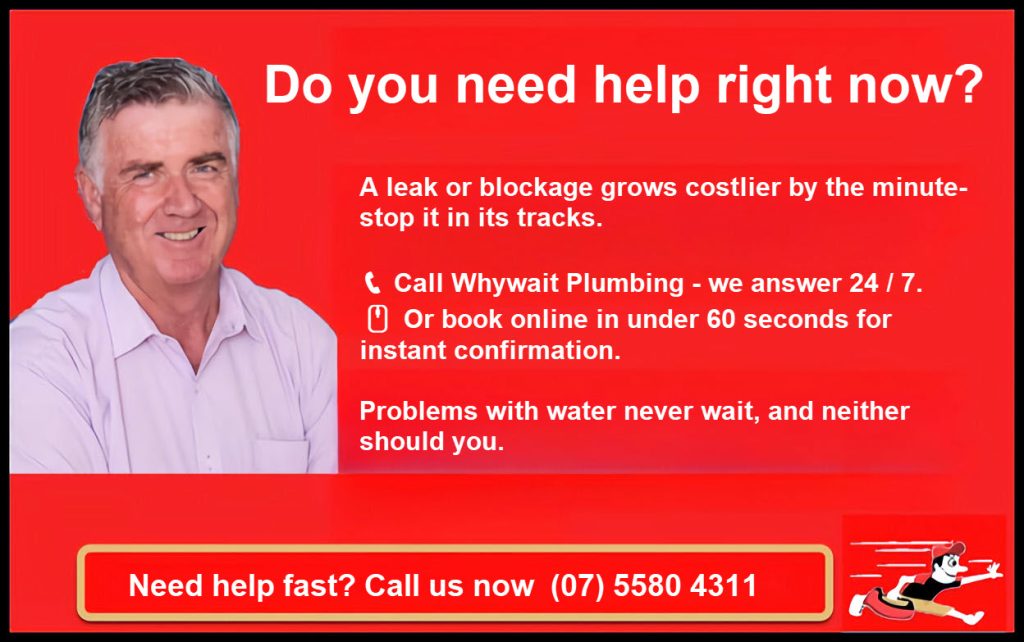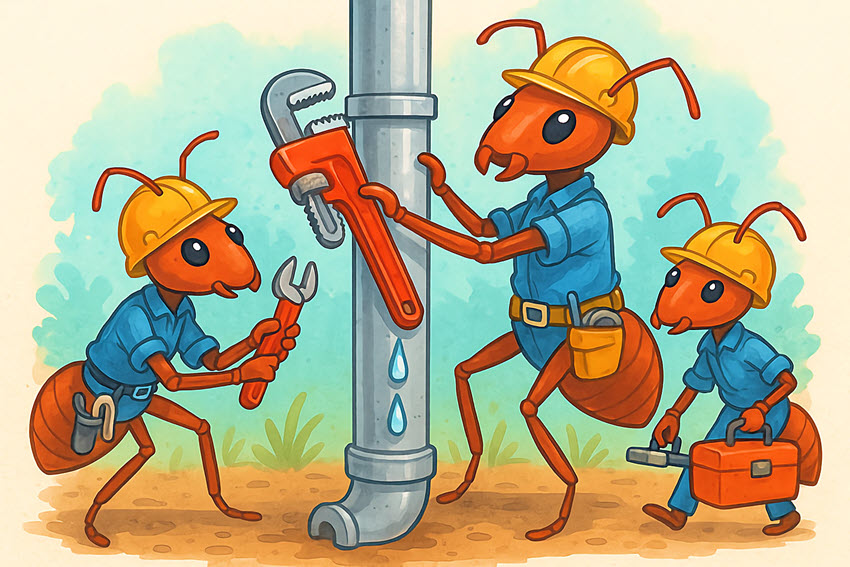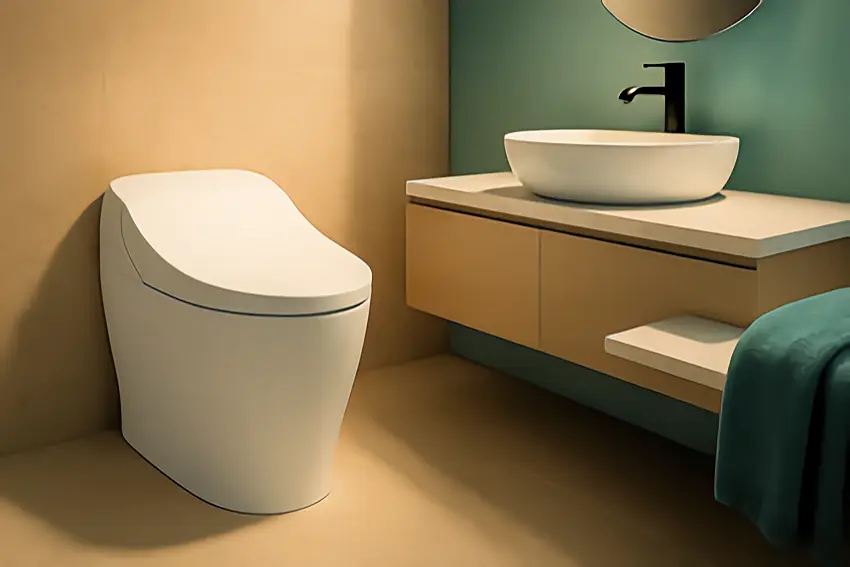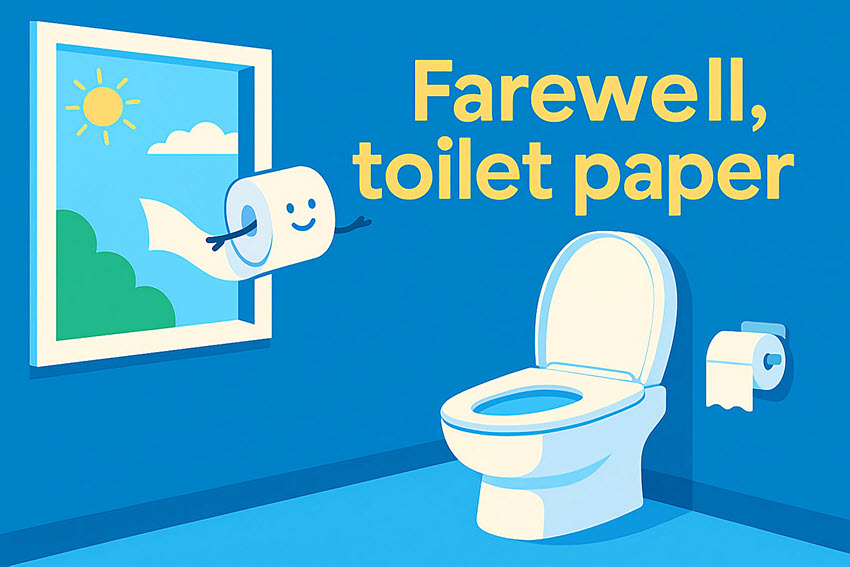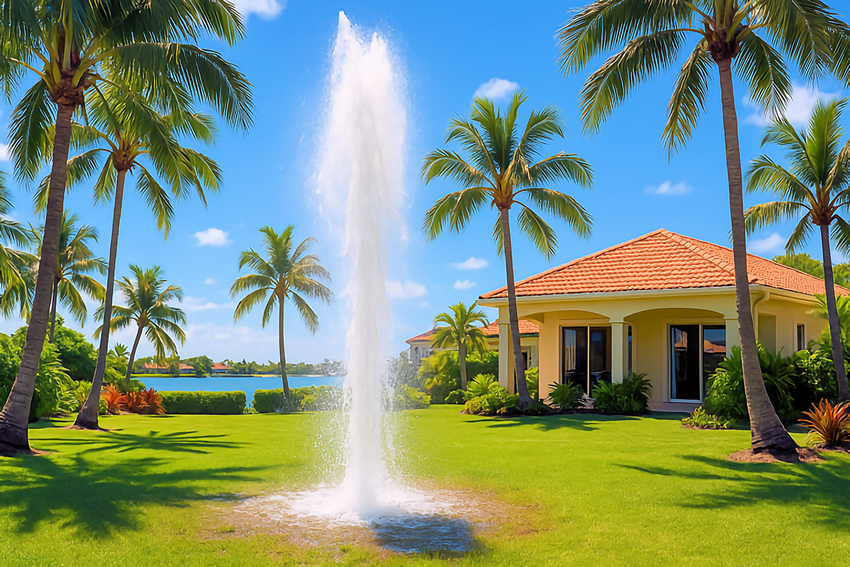
Why Do Pipes Burst on the Gold Coast? Real Causes, Fast Fixes & Common Myths
by Gary Mays | Sep 1, 2025 | burst pipes
Emergency? We’re on the Gold Coast 24/7 and aim to be on-site within ~60 minutes. Water and gravity don’t care about your schedule—so we do.
Quick Answer: what actually bursts a pipe (not bad luck)
Pipes burst when pressure or weakness overwhelms the pipe wall. Pressure spikes, corrosion, or physical damage are the usual culprits, not bad luck.
Residential pipework is designed for 500 kPa. Sustained pressure above that slowly stresses every joint and fitting until something gives.
At a glance – the main culprits on the Coast
❌ Sudden water‑pressure spikes from faulty pressure‑reducing valves
❌ Water hammer that shakes unrestrained pipework
❌ Corrosion in copper or galvanised steel
❌ UV embrittlement of exposed PVC
❌ Tree‑root intrusion cracks joints
❌ Ground movement from expansive clay soils
❌ DIY or poor‑quality installations
❌ Thermal expansion of hot‑water lines
Myths that cost you money
“Pipes only burst in winter.”
“PVC never fails.”
“Only old houses have issues.”
“Insurance covers everything.”
“Just turn off the water and wait.”
Pressure and corrosion do it year‑round here.
UV turns exposed PVC brittle; it can shatter like glass.
New builds can burst if pressure isn’t controlled.
Most policies exclude gradual damage like mould or rot. Immediate action matters.
The longer you wait, the more damage occurs, the higher the repair, restoration, and water‑bill costs.
Early warning signs (act before the flood)
💧 Unexplained jump in your water bill
💧 Hissing or ticking in the walls
💧 Damp, mouldy or swollen plasterboard
💧 Rust‑coloured water at the tap
💧 Intermittent drops in water pressure
💧 Patches of greener lawn over buried pipes
These are early tickets to a costly mess. Act on these signs before a small leak becomes a floor‑level flood.
What to do when a pipe bursts
- Shut off the water at the meter.
- Switch off electricity if water nears outlets. Safety first.
- Call Whywait Plumbing – 07 5580 4311. We answer 24/7.
- Capture photos for insurance.
- Mop excess water to limit damage.
Every minute counts. Quick action saves carpets, cabinets and cash.
Preventing the next burst
✅ Test your pressure and check whether you have a pressure-limiting valve
✅ Install a pressure‑limiting valve set to 500 kPa.
✅ Book annual plumbing inspections. We perform an ultrasound test on the pipe walls without cutting plaster.
✅ Upgrade ageing lines. Copper or PEX replacements outlast galvanised steel.
✅ Add water‑hammer arrestors to the dishwasher and washing‑machine taps.
✅ Protect exposed PVC with insulation or UV‑rated conduit.
✅ Plant trees wisely – three metres clear of pipes.
Prevention always costs less than emergency repairs and restoration.
Why Do Pipes Burst Further reading from our blogs
- Your leaking water main was never installed correctly – why do incorrect bedding and backfill keep mains leaking, and why is your lawn swampy?
- Negligence causes plumbing emergencies – case studies of shortcuts that ended in burst pipes and insurance dramas.
- How much does a burst pipe add to your Gold Coast water bill? – Discover the hidden costs and learn how to lodge a leakage allowance claim.
- Illegal plumbing causes large insurance claims to be rejected – what insurers look for when assessing water‑damage claims.
Local insight: why the Gold Coast is a perfect storm
Our sub‑tropical storms dump heavy rain that saturates soils. When the ground dries, it shrinks them back, tugging pipes sideways. That sideways tug plus higher mains pressure over 500 kPa punishes plastic underground pipes, joints and older connections.
Add high mains pressure fed from the Hinze Dam gravity system, and you have the perfect storm.
Local knowledge counts – and we have 48 years of it.
Why choose Whywait Plumbing?
✅ Family-owned on the Gold Coast since 1976.
✅ Certified Master Plumbers – we guarantee our workmanship.
✅ Real‑time GPS tracking, so you know exactly when we arrive.
✅ Up‑front pricing, no hidden surprises.
✅ Purpose‑built maintenance vehicles with hundreds of spare parts on board.
✅ Respectful plumbing technicians who leave your home cleaner than they found it.
We don’t just fix the burst. We diagnose the cause and stop repeat failures.
🤔 Straight-Talk FAQs Questions Gold Coasters Ask
What causes pipes to burst most often on the Gold Coast?
Will a burst pipe be covered by home insurance?
How fast can Whywait Plumbing attend an emergency?",
Ready for peace of mind?
Stop worrying about the next burst. Call Whywait Plumbing on 07 5580 4311 or book online now. Your pipes – and your stress levels – will thank you.




